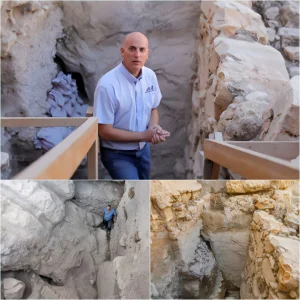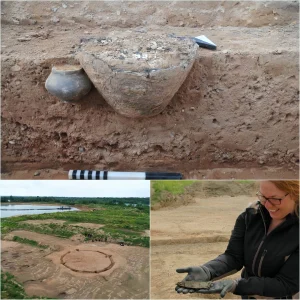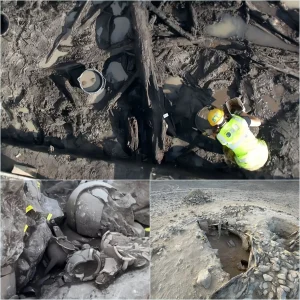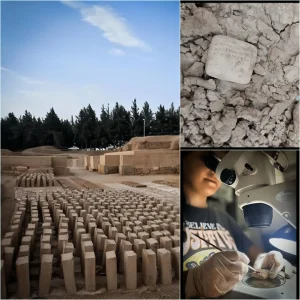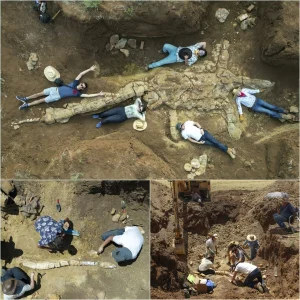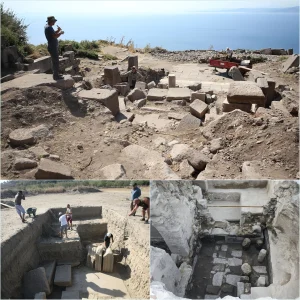Archaeologists have potentially discovered the foundations of the house belonging to “King” Pompey, an enslaved West African man who gained his freedom and became one of the first Black landowners in colonial New England. This finding is significant as it sheds light on the history of Negro Election Day, a festival where enslaved and free Black men elected their own leaders who governed and mediated disputes within the community, despite the challenges of the white-dominated society.
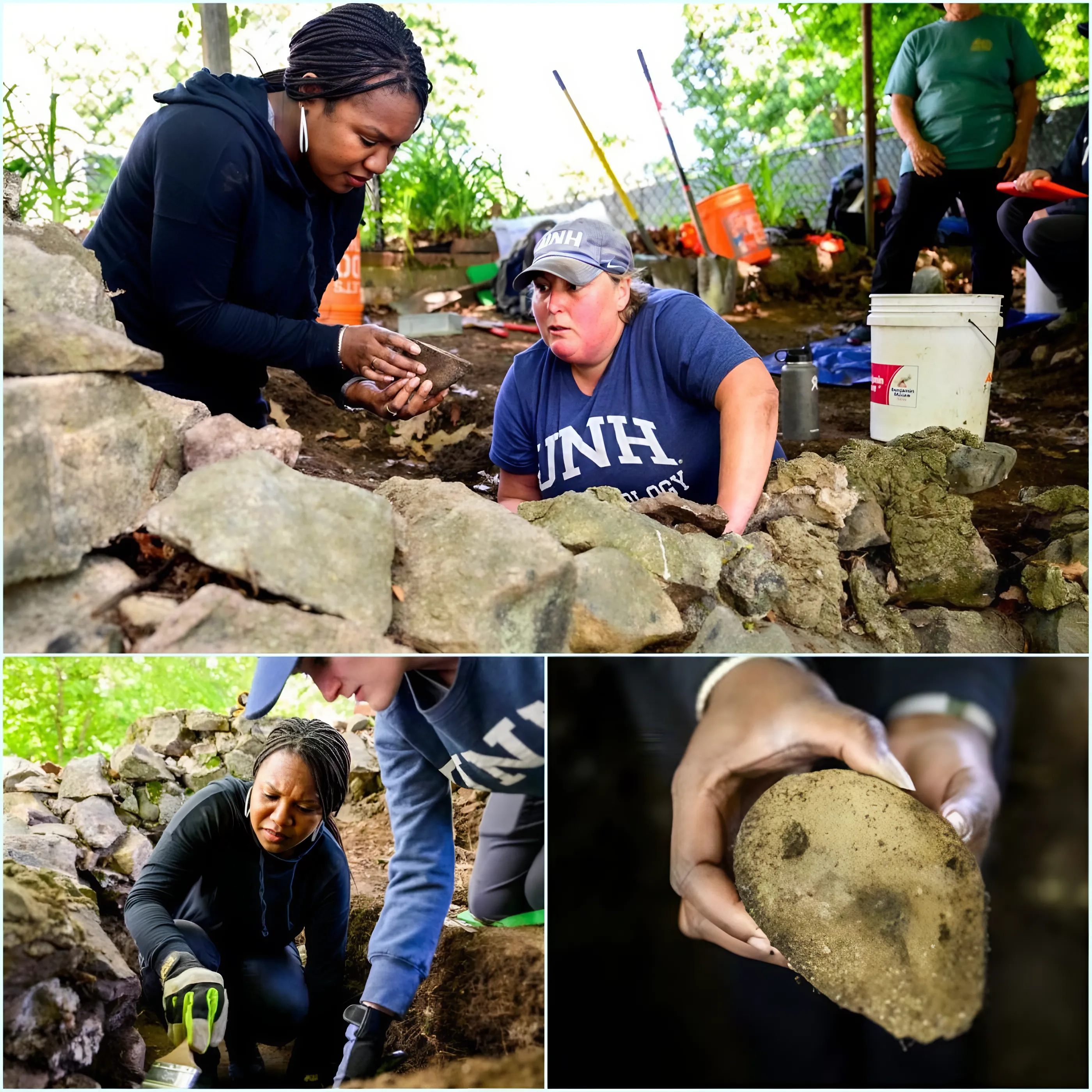
During the early 1700s, Africans trafficked across the Atlantic, including individuals of royal heritage from West Africa, were forced into labor in New England’s ports and farms. In several colonies, including Massachusetts, Connecticut, Rhode Island, and New Hampshire, enslaved Africans upheld their cultural practices by electing leaders known as “kings” or “governors.”
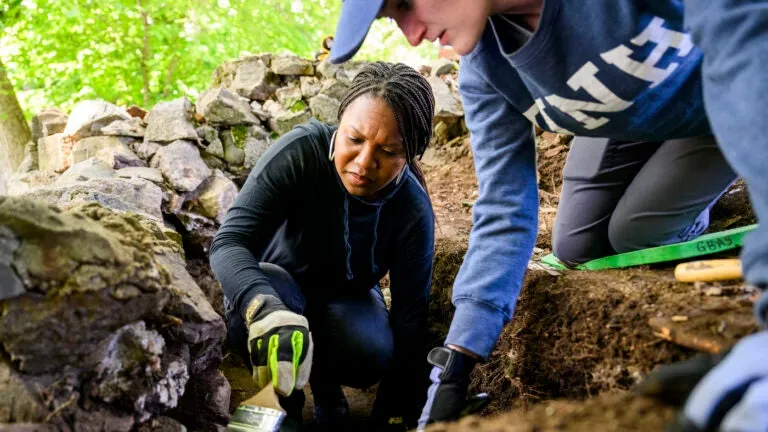
Pompey, believed to have been born a prince in West Africa, arrived in Massachusetts in bondage. After gaining his freedom, he emerged as a respected community leader, hosting Negro Election Day celebrations at his property along the Saugus River, north of Boston, which he purchased after obtaining freedom.
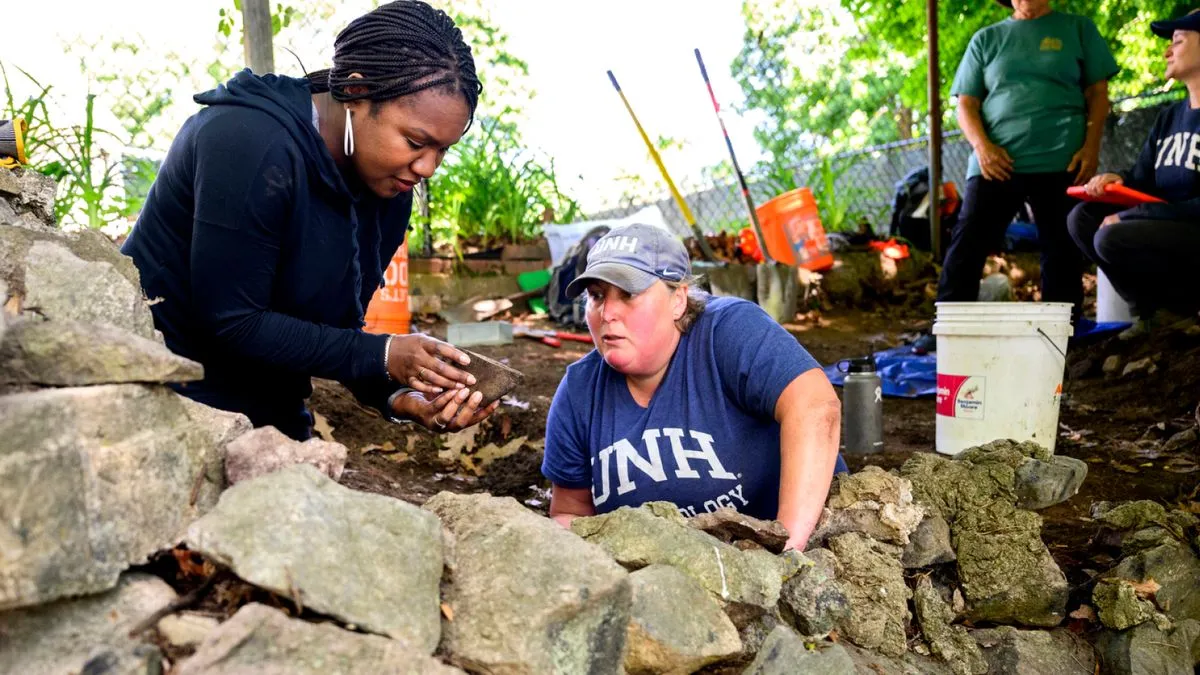
Historians and archaeologists have long sought to uncover Pompey’s home and property, which have remained elusive until now. The recent discovery of the house foundations offers new insights into the life and legacy of Pompey, highlighting his role as a leader in the Black community during a challenging period in American history.
Kabria Baumgartner, a historian at Northeastern University involved in the research, expressed the significance of this discovery, emphasizing the importance of uncovering and understanding the historical contributions of figures like King Pompey within the context of colonial New England.
